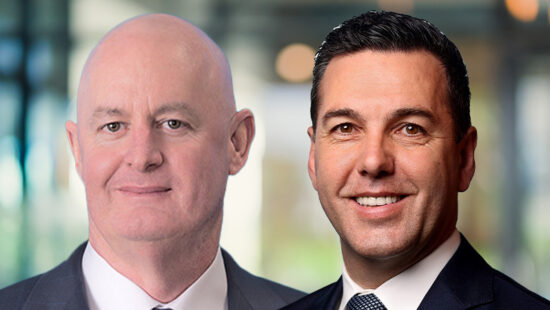The figure outstripped consensus forecasts of 1.4% as consumers kept shopping despite the referendum result.
Very shortly after the release of the data, Prime Minister Theresa May delivered a speech on her plans for the Brexit process, in which she confirmed the UK is not seeking to remain a member of the European single market and will pursue a new free trade agreement with the EU.
May also reiterated that control over immigration and an end to the rule of the EU courts over the UK are key requirements, with the final terms of the deal being put to a vote in both the House of Commons and House of Lords.
This all follows hot on the heels of a speech last night by Bank of England governor Mark Carney, in which he suggested UK interest rates could rise this year.
While Carney’s comments in the build-up and during the aftermath of the EU referendum were distinctly dovish, his latest comments had a hint of the hawk about them.
“The MPC will monitor developments in the light of its inflation tolerance, and will explain its assessment and policy stance accordingly,” Carney said. “It remains the case that the outlook for inflation will depend on the evolution of the prospects for demand, supply and the exchange rate. Monetary policy can respond, in either direction, to changes to the economic outlook as they unfold to ensure a sustainable return of inflation to the 2% target.”
Carney also warned however that consumers may be underestimating the impact of the Brexit process, appearing to “be entirely looking through Brexit-related uncertainties.”
“UK consumer price inflation rose by more than expected to 1.6% in December, from 1.2% in November,” said Ben Brettell, senior economist, Hargreaves Lansdown.







